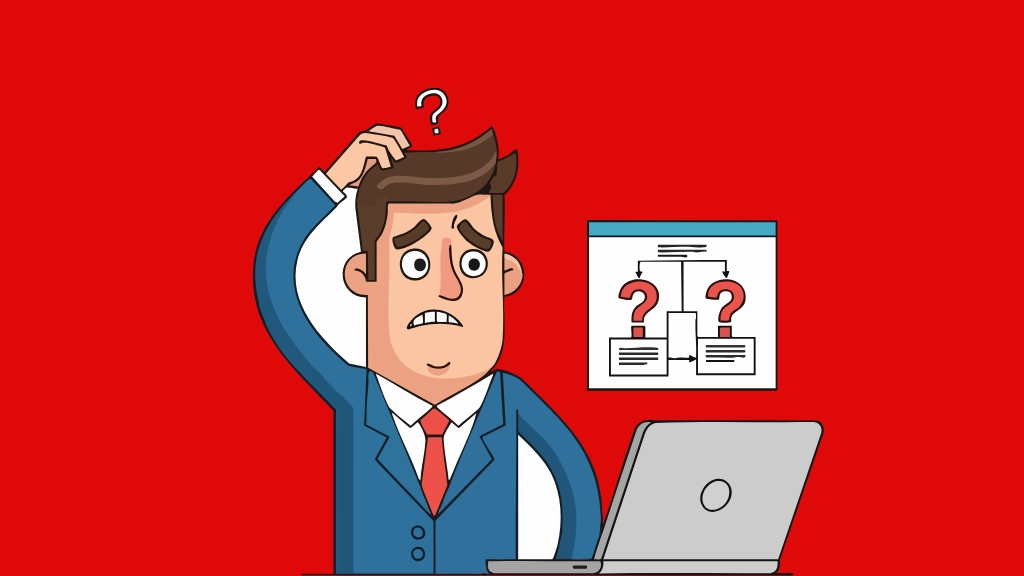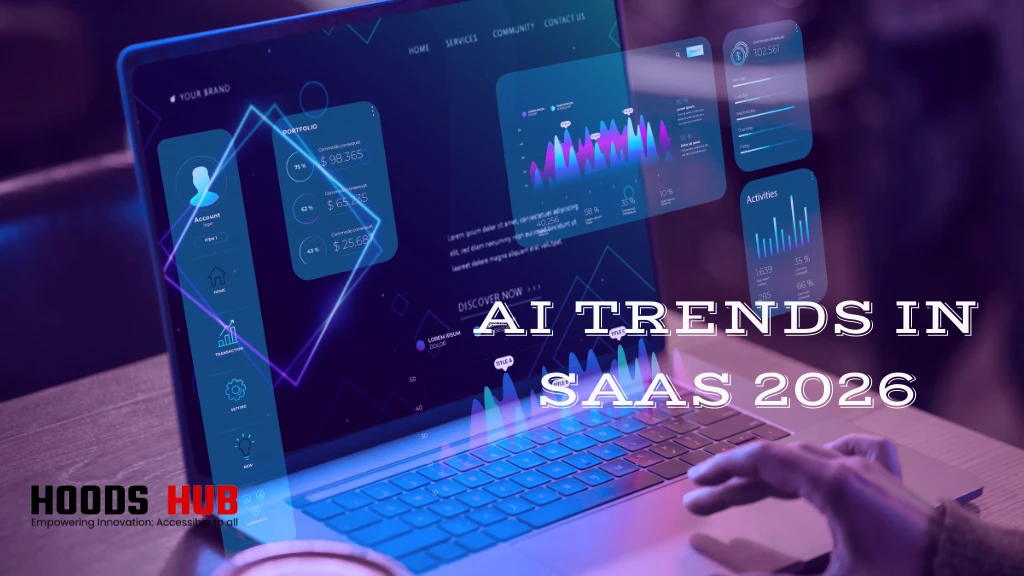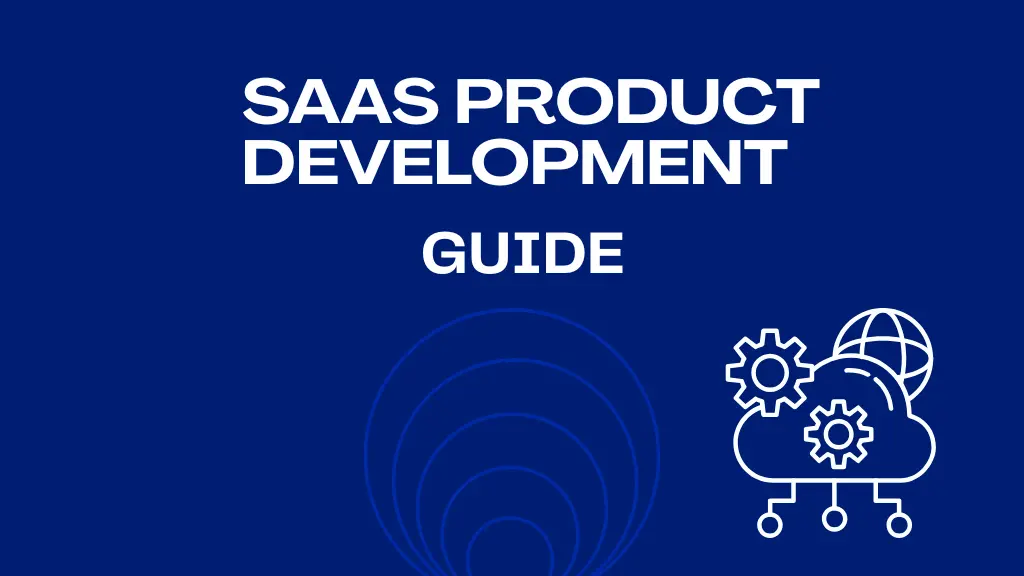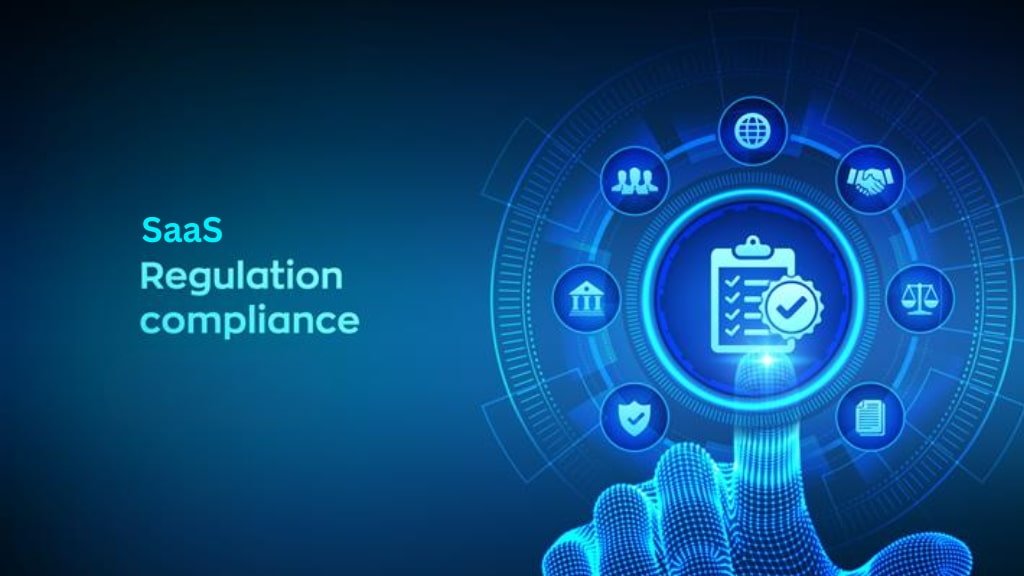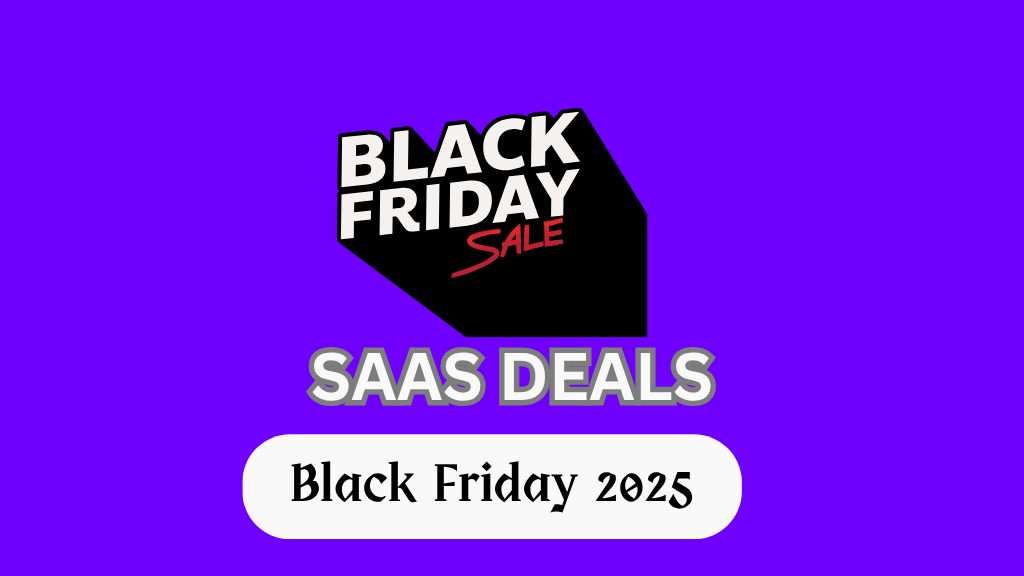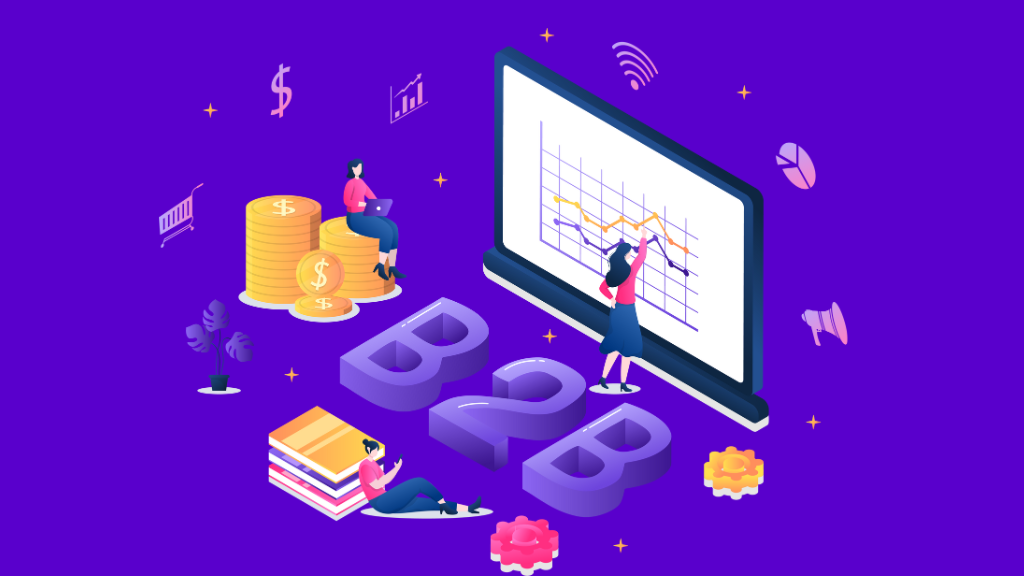The Software as a Service (SaaS) Industry is witnessing unprecedented growth, driven by cutting-edge technologies and innovative strategies reshaping how businesses leverage cloud solutions. By 2025, global SaaS market revenues are projected to exceed $369 billion, according to Gartner, highlighting the critical importance of understanding evolving trends for technology decision-makers, startup founders, and business strategists.
Evolution of SaaS
SaaS has evolved dramatically from simple cloud-based applications to sophisticated platforms capable of handling complex business processes. Initially serving basic needs like email hosting, SaaS now offers advanced enterprise-level services, incorporating capabilities such as real-time analytics, artificial intelligence (AI), and complex workflow automation.
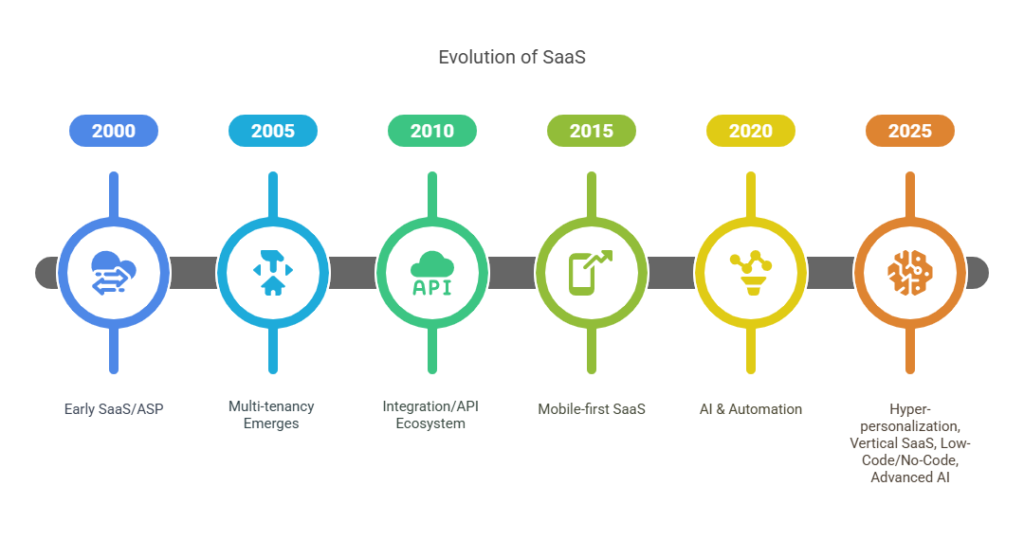
Market Growth
With increased adoption across industries, SaaS continues to witness double-digit growth, driven by enhanced accessibility, affordability, and scalability. SMBs and large enterprises alike embrace SaaS to reduce upfront costs, ensure faster deployment, and leverage ongoing updates. Market reports indicate steady annual growth rates exceeding 15% globally.
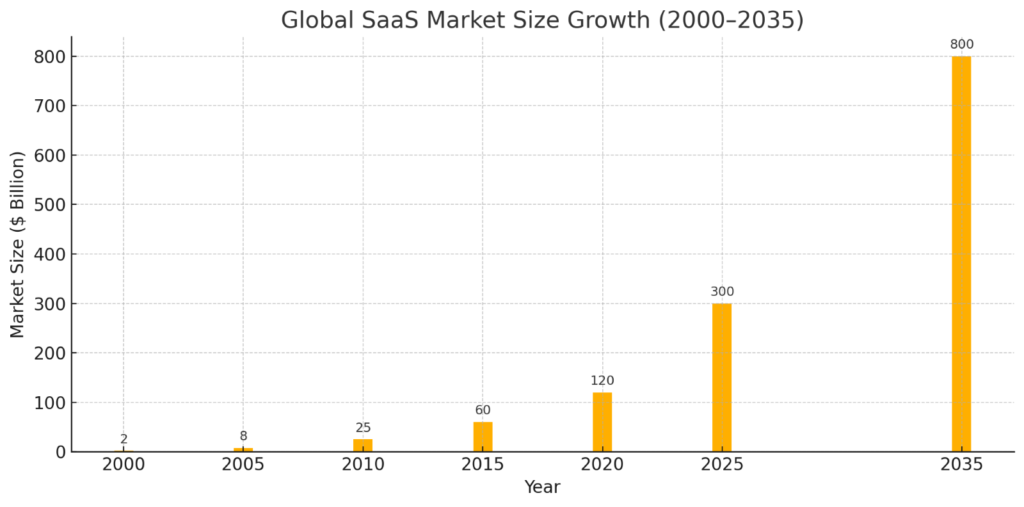
Digital Transformation Drivers
Digital transformation continues to drive SaaS adoption, with enterprises seeking agile, scalable, and integrated solutions. Businesses undergoing digital transformations prioritize SaaS for its ability to rapidly implement innovative solutions, streamline operations, and enhance customer experiences.
Customer-Centric Models
Customer-centric approaches, driven by personalization and real-time responsiveness, are shaping SaaS business strategies. SaaS providers increasingly leverage advanced data analytics and AI to offer personalized experiences, predictive services, and instant customer support, significantly enhancing user satisfaction and retention.
Regulatory Environment
The global regulatory environment profoundly influences SaaS architectures, particularly regarding data privacy and security compliance. Companies must navigate diverse international standards to avoid significant legal and financial penalties.
Key Regulatory Considerations:
- General Data Protection Regulation (GDPR): Strict data handling and privacy rules affecting all businesses operating in the European Union.
- California Consumer Privacy Act (CCPA): Enhanced privacy rights for consumers in California, impacting SaaS operations in the US.
- Health Insurance Portability and Accountability Act (HIPAA): Specialized compliance for healthcare-related SaaS services in the US.
- Personal Information Protection and Electronic Documents Act (PIPEDA): Governs the use of personal data in Canada, requiring stringent compliance measures.
| Regulation | Geographic Scope | Main Focus | Impact on SaaS |
| GDPR | European Union | Data Privacy and Protection | Requires strict user consent mechanisms and robust data encryption. |
| CCPA | California, USA | Consumer Privacy Rights | Mandates transparency in data collection and usage policies. |
| HIPAA | USA (Healthcare) | Patient Data Security | Demands high-security standards and data handling practices for healthcare SaaS providers. |
| PIPEDA | Canada | Personal Information Privacy | Requires clear, accountable data management practices across SaaS platforms. |
Here are the Top 10 SaaS trends in 2025
1. AI and Machine Learning Integration
Artificial Intelligence (AI) and Machine Learning (ML) are becoming central to SaaS platforms, powering advanced analytics, predictive insights, and intelligent automation.
- Business Impact: Enhanced decision-making capabilities, reduced operational costs, improved customer personalization.
- Data Point: IDC forecasts that AI-driven SaaS solutions will account for 75% of cloud software solutions by 2025.
- Implementation Strategies: Businesses should adopt SaaS products that provide robust AI-driven analytics for real-time decision-making and personalized customer experiences.
2. SaaS Security Advancements
With increasing cyber threats, SaaS Vendors are prioritizing sophisticated security measures including advanced threat detection, Zero Trust architectures, and AI-powered cybersecurity.
- Business Impact: Minimized risk, regulatory compliance, and strengthened customer trust.
- Data Point: Gartner predicts that by 2025, 60% of enterprises will adopt SaaS security solutions employing AI-driven threat detection.
- Implementation Strategies: Businesses must prioritize SaaS platforms with comprehensive built-in security frameworks and advanced encryption.
3. Vertical SaaS Expansion
Vertical-specific SaaS solutions tailored for industries such as healthcare, finance, and manufacturing will dominate the market.
- Business Impact: Improved efficiency, targeted solutions, and industry-specific regulatory compliance.
- Data Point: Vertical SaaS solutions are projected to grow at a CAGR of 15% through 2027 (Grand View Research).
- Implementation Strategies: Organizations should evaluate vertical-specific SaaS to leverage tailored functionalities and compliance standards.
4. Enhanced Data Privacy Compliance
Heightened global regulatory pressures necessitate stricter data privacy compliance mechanisms within SaaS platforms.
- Business Impact: Reduced legal risk, improved international business operations, and consumer confidence.
- Data Point: By 2025, 70% of organizations will implement comprehensive privacy-enhancing technologies (PETs) within SaaS (Forrester).
- Implementation Strategies: Businesses must select SaaS providers with robust data privacy and compliance frameworks aligned with GDPR and other global standards.
5. Increased Adoption of Micro-SaaS
Micro-SaaS offerings target specific market niches, delivering specialized functionality efficiently and affordably. Examples include Hunter.io for email searches or Grammarly for writing enhancement. Growing at 40% annually, Micro-SaaS solutions help businesses simplify operations, rapidly deploy niche solutions, and enhance productivity with minimal overhead.
6. Platform as a Service (PaaS) Integration
Integrating SaaS with PaaS enables businesses to achieve higher customization, scalability, and faster deployment cycles. Providers like Heroku and AWS Elastic Beanstalk exemplify integrated SaaS-PaaS solutions, simplifying app deployment and management. By 2026, integrated SaaS-PaaS offerings are expected to account for 40% of cloud services, dramatically reducing management complexity and accelerating innovation.
7. Edge Computing and SaaS Synergy
Edge computing integration allows SaaS platforms to offer superior real-time data processing, minimal latency, and improved user experiences. Use cases include IoT device management, remote monitoring, and instant analytics. Gartner forecasts that by 2025, 75% of enterprise data will be processed at the edge, enabling faster, more responsive SaaS applications.
8. Growth of Low-Code/No-Code SaaS Platforms
Low-code/no-code SaaS platforms, like Airtable, Bubble, and Mendix, are democratizing app development, allowing non-technical users to rapidly build and iterate software solutions. These platforms are anticipated to grow by 35% annually by 2025, significantly reducing the development lifecycle and accelerating digital transformation across various industries.
9. Sustainable SaaS Initiatives
Sustainability is increasingly becoming a strategic differentiator for SaaS companies, prompting them to adopt renewable energy sources, optimize data center operations, and commit to carbon-neutral initiatives. Providers like Google Cloud and AWS already emphasize their sustainability efforts. IDC projects sustainability practices will distinguish 80% of SaaS providers by 2025, attracting environmentally conscious customers and reducing long-term operational costs.
10. Expansion of SaaS Ecosystems
SaaS ecosystems are expanding rapidly through robust API integrations, strategic partnerships, and collaborative marketplaces. Platforms like Zapier and HubSpot showcase the value of interconnected applications, facilitating seamless interoperability. McKinsey indicates 70% of SaaS providers anticipate significant revenue growth through ecosystem expansion by 2025, enabling providers to offer richer, integrated solutions and drive innovation.
Conclusion
The SaaS landscape in 2025 will be characterized by significant technological advancements, robust security practices, and specialized industry solutions. AI, security improvements, and vertical SaaS will redefine operational standards, while sustainability, micro-solutions, and ecosystem expansions create new opportunities for innovation and growth. Businesses adopting these emerging trends early will position themselves strategically, achieving enhanced efficiency, compliance, and competitive advantages in an increasingly digital world.


